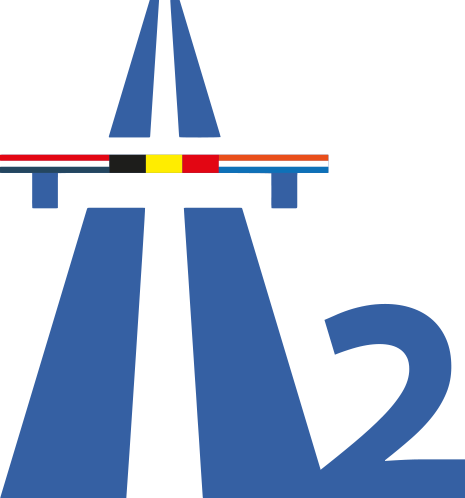No, the hydrogen refuelling stations developed in H2Benelux supply hydrogen at 700 bar refuelling pressure.
Am I able to refuel hydrogen vehicles at H2Benelux stations that require a refuelling pressure of 350 bar?
Are the partners of H2Benelux also involved in other hydrogen refuelling station initiatives besides the hydrogen refuelling stations developed in H2Benelux?
Yes, the partners in H2Benelux are involved in other initiatives as well. WaterstofNet is operating the hydrogen refuelling station in Helmond (the Netherlands), PitPoint is operating the hydrogen refuelling stations in Arnhem, Delfzijl (the Netherlands) and Antwerp (Belgium) and Colruyt Group is operating the hydrogen refuelling station in Halle. The consortium partners are involved, among others, in hydrogen refuelling station initiatives in Antwerp, Ollignies, Den Helder, Breda and Groningen.
Can you travel between the hydrogen refuelling stations in H2Benelux without the need to refuel in transit?
Yes, the maximum distance between the two H2 Benelux stations (Amsterdam and Luxembourg) is less than 400 kilometres. Therefore, after filling up at any of these stations, you will be able to easily reach the other station (by using the hydrogen vehicles that are commercially available today).
What phases exist in the development process of a hydrogen refuelling station?
The hydrogen refuelling station development process typically consist of 5 phases: a planning stage in which all preparations are being performed that are related to pre-permitting and demand inventory, an approval phase in which the submitted permit application is processed and the permit granted, an execution phase is which the onsite and station works and the installation of the hydrogen refuelling station equipment are performed, a trial operation phase in which the onsite tests are being performed and an opening phase in which the station is opened for refuelling.
Where can I monitor the progress of the development of the hydrogen refuelling stations in H2Benelux?
The status of the development of the hydrogen refuelling stations can be monitored on the homepage of the H2Benelux website and on the dedicated hydrogen refuelling stations section of H2Benelux website.
Have all partners of H2Benelux been driving a hydrogen car?
Yes, all partners are driving or have driven hydrogen cars. The Colruyt Group operates a fleet of 21 hydrogen cars for its employees as company cars. WaterstofNet has driven over 90.000 km with its Hyundai ix35 FCEV as of 2014. The president director of Shell Netherlands drives a Toyota Mirai as a company car. The Dutch Ministry of Infrastructure has driven the Hyundai ix35, the Toyota Mirai and the Hyundai Nexo as a company car. A PitPoint employee is driving the Hyundai Nexo as a personal car.
How many hydrogen cars are driving on the road in the Benelux?
In 2019, at least 246 hydrogen cars were registered in the Benelux (215 in the Netherlands, 31 in Belgium).
Is a hydrogen car an emission free car?
No, a hydrogen car produces water that leaves the car through its tailpipe. A hydrogen car does not emit harmful emissions to the environment like combustion gases (including carbon dioxide, carbon monoxide, nitrogen oxides, particulate matter, hydrocarbon) and unburned fuel.
How long does it take to refuel a hydrogen car?
Refuelling of a hydrogen car will typically take up to 5 minutes to complete. The refuelling time mainly depends on the ambient temperature and the amount of hydrogen left in your car.
Which hydrogen cars are commercially available today in the Benelux?
The hydrogen cars are that commercially available today are the Hyundai Nexo and the Toyota Mirai.

